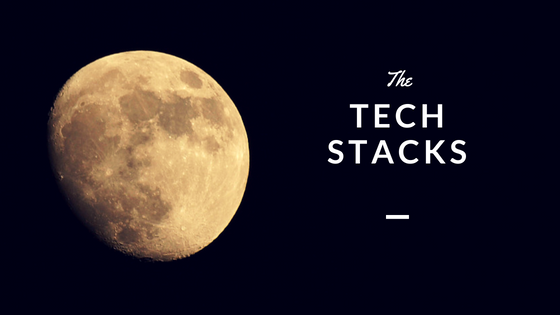TECH STACK FOR SUCCESS
Technology stacks set up the finished product in such a way that there is no other option for human services but to improve.
With each passing day, the technology we know is progressing by leaps and bounds. A simple example can put this scenario in perspective – at an employee meeting in Cupertino on July 27th, Apple CEO Tim Cook announced that Apple had recently sold the billionth iPhone. As the first iPhone was released on June 29, 2007, this means that Apple has managed to sell a billion iPhones in just over 9 years. In mathematical terms, this means that approximately 111 million iPhones were sold every year on average. The progress in this case truly is staggering.
Using this technological progress to the advantage of human service is an interesting and worthwhile effort. If technology stack can lead up to technological progress, and then that technological progress can be used to improve human service, then it will be a wonderful achievement indeed. However, before we analyze how technology stacks can result in an improved human service, let us first go through what a technology stack actually is. A technology stack is defined as a combination of software products and programming languages which is used to create a web or mobile application. The applications have two software components: Front-end (client side) and Back-end (server side). For example, in the server side of a given application the layers lie like this: Web Framework – Programming Language – Database – Web Server – Operating System. Each layer of the application builds on the layer preceding it and ‘stacks’ up, thus forming a technology stack.
So how does technology stack result in an improved human service, exactly? Well, simply put, technology stacks offer a broad functionality. Take Google, for example. The world’s best and most popular search engine for webpages, images, videos and more. The internal technology stack of Google includes
- The Google File System (a simple way of accessing enormous amounts of data spread across numerous machines),
- Bigtable (a simple database model which can be run across large clusters and build on the Google File System), and
- MapReduce (a powerful programming model which automatically parallelizes many large programming tasks consisting of many big data sets on large clusters),
which plays a large part in Google being the life savior that it is today.
Similarly, YouTube’s technology stack looks like the following:
- Python (Programming Language)
- Apache (HTTP Server Technology)
- Linux (Operating System)
- MySQL (Database and NoSQL Datastore)
- Vitess (Front-end to MySQL)
- Zookeeper (Server Software)
- Wiseguy (CGI Servlet Container)
- Spitfire (Templating System)
- Serialization Formats
So technology stacks set up the finished product in such a way that there is no other option for human services but to improve. There are many more examples of technology stacks improving human services, such as Spotify, Uber and TripAdvisor. Hopefully with the invention of new applications, technology stacks can continue to improve human services, and ultimately result in the perfect service experience everyone dreams of.


